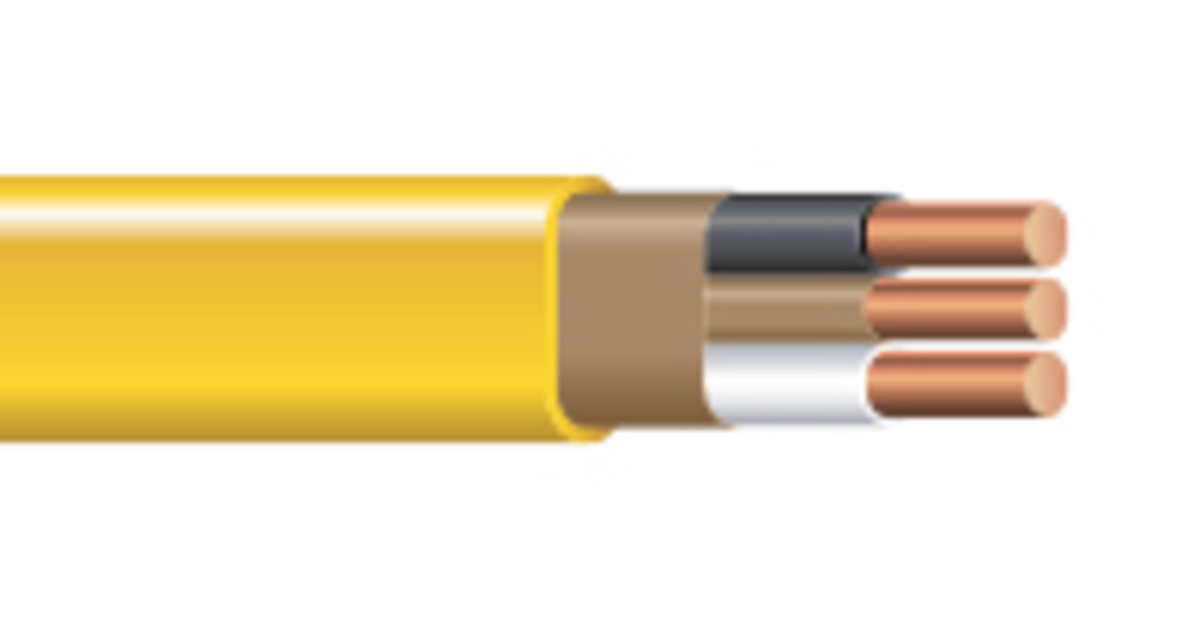Nm-B Wiring, short for non-metallic sheathed building wiring, is a type of electrical wiring commonly used in residential and commercial buildings. It consists of insulated copper conductors encased within a flexible, non-metallic sheath. A common example is the familiar white Romex cable found in most homes.
Nm-B Wiring has become increasingly popular due to its ease of installation, cost-effectiveness, and safety features. It is lightweight, flexible, and can be easily routed through walls, ceilings, and other tight spaces. Additionally, its non-metallic sheath provides excellent protection against moisture, abrasion, and other environmental hazards.
A key historical development in the use of Nm-B Wiring was the introduction of the National Electrical Code (NEC) in 1897. The NEC established safety standards for electrical installations, including the use of Nm-B Wiring. This standardization ensured the widespread adoption and reliability of Nm-B Wiring as a safe and effective means of electrical distribution.
This article will further delve into the technical specifications, installation procedures, and advanced applications of Nm-B Wiring, providing a comprehensive understanding of this essential electrical component.
Nm-B Wiring, a crucial component in electrical systems, encompasses various essential aspects that shape its functionality and impact on electrical installations. Understanding these key aspects is paramount for harnessing the full potential and ensuring the safe and efficient use of Nm-B Wiring.
- Insulation: safeguards against electrical shock and short circuits.
- Flexibility: allows for easy routing through tight spaces.
- Non-Metallic Sheath: protects against moisture, abrasion, and other environmental hazards.
- Copper Conductors: provide excellent electrical conductivity.
- Ampacity: determines the maximum current-carrying capacity.
- Voltage Rating: specifies the maximum voltage the wiring can handle.
- Color Coding: simplifies identification and circuit tracing.
- Gauge: indicates the thickness of the conductors, affecting current-carrying capacity.
- Installation Methods: includes proper routing, support, and termination techniques.
- Safety Standards: adherence to NEC regulations ensures compliance and safety.
These key aspects are interconnected and influence the performance, reliability, and safety of Nm-B Wiring. For instance, the insulation thickness and material directly impact the wire’s ability to withstand voltage and prevent electrical hazards. Similarly, proper installation methods, including correct support and connections, are essential to maintain the integrity of the wiring system and prevent potential failures. By understanding and considering these aspects, electrical professionals can make informed decisions during design, installation, and maintenance, ensuring the optimal performance and longevity of Nm-B Wiring systems.










Related Posts








